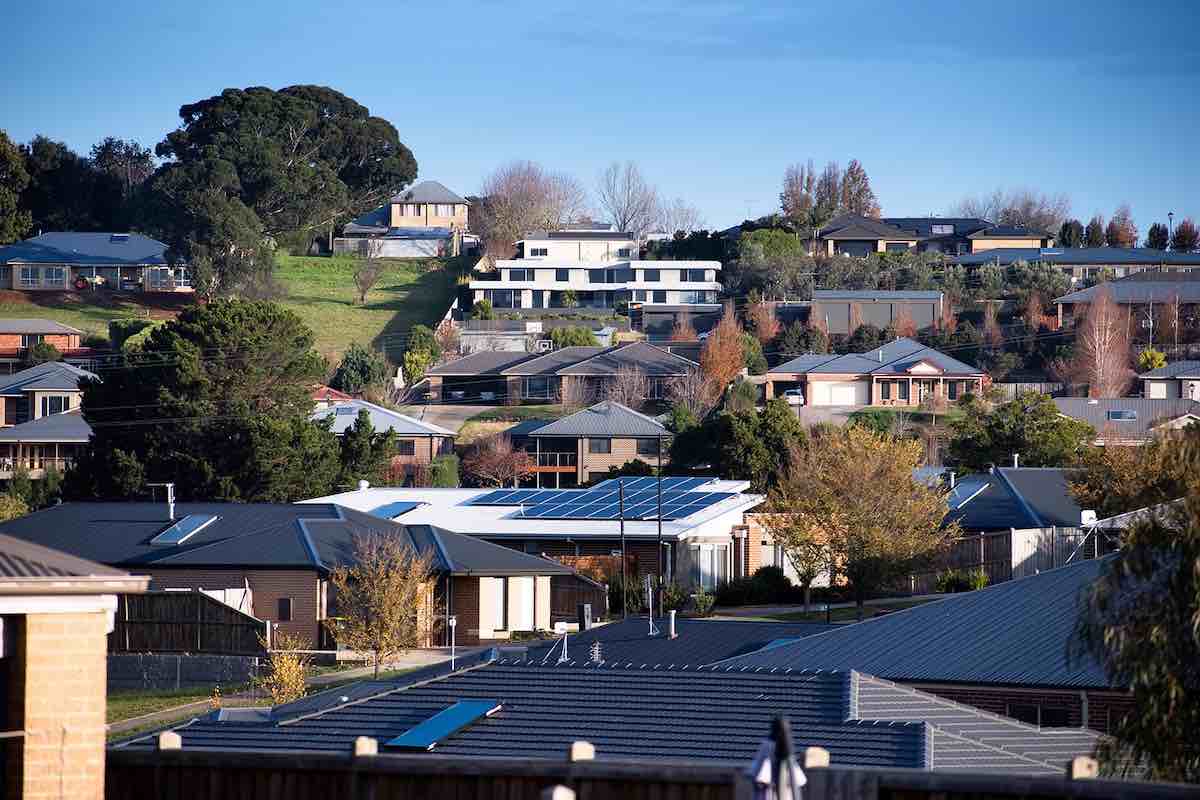The planned 2028 closure of EnergyAustralia’s Yallourn power station in Victoria could be fully offset by household energy savings, driven by the uptake of efficient appliances and other measures recently funded by the state government, new calculations have found.
EnergyAustralia on Wednesday announced that it would close the Latrobe Valley brown coal-fired power station – one of the dirtiest and most unreliable in Australia – in mid-2028, taking its 1,450MW of capacity out of the state’s electricity mix four years ahead of schedule.
The news – along with EnergyAustralia’s commitment to build a big battery in the Latrobe Valley – was welcomed almost universally as offering plenty of time for the outgoing coal power capacity to be replaced by wind, solar and firming technologies like battery storage, pumped hydro and gas.
But new data from the Energy Savings Industry Association finds that actions taken under the Labor Andrews government’s Victorian Energy Upgrades scheme between 2021-2028 would offset 77% of Yallourn’s annual generation and 100% of it by the end of 2030.
“The Victorian Energy Upgrades (VEU) program will offset 77 per cent of the electricity generation that will cease when Yallourn coal-fired power station is closed by Energy Australia in 2028, as announced today,” the ESIA said on Wednesday.
“The lights will even more assuredly stay on – particularly during peak summer demand events – if the Victorian government introduces a peak demand reduction scheme like New South Wales is doing from 2022.”
The ESIA says its calculations are based on Yallourn’s sent out 2020 electricity generation of 8,300GWh, adjusted down to 7,802GWh due to transmission and distribution losses, as well as the assumption that the VEU 2025 targets remained the same from 2026-2030.
Victoria’s VEU scheme, which is currently working off targets out to 2025 only, was significantly expanded in November of 2020 as part of the Andrews government’s massive nearly $800 million home energy saving package.
The highly lauded upgrade of the Upgrade program included $14 million to give “every single Victorian household” access to rebates for energy efficient appliances; $335 million to fund the replacement of old wood, electric or gas-fired heaters with new energy-efficient systems for low-income earners; and a further $112 million to seal windows and doors and upgrade heating, cooling and hot water in 35,000 social housing properties.
Funding was also allocated to introduce minimum efficiency standards for rental properties – identified as some of the most thermally inefficient housing stock in the state – and to put Victoria on track for a minimum 7-star efficiency standards for all new homes.
As Hugh Saddler wrote in July of last year, energy efficiency is widely accepted as the cheapest way to cut greenhouse gas emissions and achieve climate goals, and is also “vital to achieving so-called ‘energy productivity’ – getting more economic output, using the same or less energy.”
Despite all of that good press, energy efficiency has been broadly ignored by Australian policy makers, particularly at the federal level, and particularly in regulations around the design, construction and fit-out of Australian homes. Victoria’s measures start to change that, although with plenty of work yet to be done.
“Now is an exciting time for the demand side of the electricity sector as we see that policies and mechanisms now in place can be ramped up, like the VEU since 2009,” said ESIA president Rod Woolley on Thursday.
“VEU targets are set to 2025 and we call for bi-partisan support to strengthen those targets from 2026 to 2030, and extension of the scheme as NSW has done to 2050 in line with a net zero emissions target.
“In addition, financial incentives for households and businesses to get smarter with their energy use during peak demand events, like hot summers, will further ensure that all Victorians enjoy cheaper and more secure electricity supply all the time – not just at critical times,” Woolley said.










